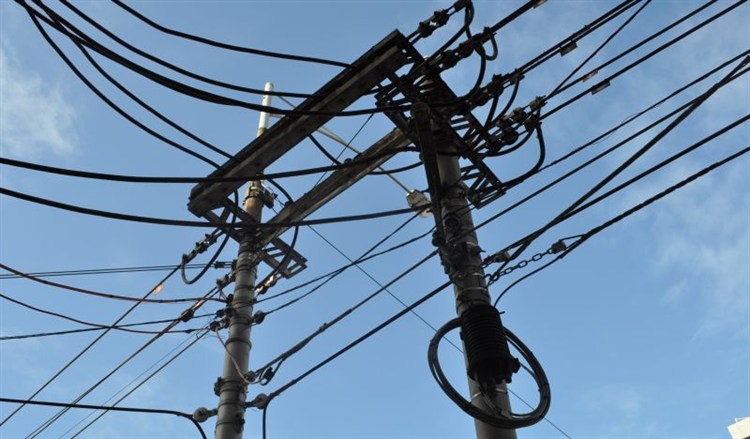Substation to Substation - Melbourne's tram power infrastructure
Tuesday 27 August 2013

The task of keeping trams running across the world's largest operational network requires more than just trams, tracks and over 2200 employees. Yarra Trams also maintains a large network of power supply facilities and infrastructure across Melbourne.
Electric trams first ran in Melbourne in 1889, and have been in operation continuously since today's Essendon Depot opened in 1906. As tram lines were extended or gradually converted from cable to electricity, the requirements for power to run Melbourne's trams increased dramatically and today there are 50 substations spread across the network to provide overhead power for trams.
The evolution of our fleet has also caused an increased need for electricity. A heritage W-Class tram requires 500amps of power to operate, whereas the longer E-Class with extra passenger information features and air conditioning built for Melbourne conditions will need approximately 1500amps. To provide the extra power needed to run the E-Class, and to allow for existing low floor, high capacity trams to be redeployed around the network, additional substations will need to be built across the city in the near future and others upgraded.
Substations receive power at either 6600, 11,000 or 22,000 volts and transform it to 470v AC. Machines called Rectifiers then create Direct Current (600v DC) electricity which is fed to the overhead wires. Trams then pick up electricity to power their motors from the pantographs which connect them with overhead wires. Some modern trams use electronics to invert DC current to AC which then runs the motors.
Substations are spread across the network to ensure that high voltage supply is available to trams from Footscray to Vermont South and all points in between, and the overhead supply is split into 100 sections that can each be isolated while supply is maintained to other parts of the network.
This means that, for instance, a power cut at Melbourne University will still allow trams to run on Swanston Street up to La Trobe Street, but that if a similar cut occurs near the corner of Swanston and Collins Street it may affect both streets. Yarra Trams is investigating ways of further segmenting the overhead to reduce the impact of delays to passengers in the event of disruptions to power.
Common issues which cause disruptions to tram power supply include damaged power poles, oversized vehicles pulling down wires, trees or branches falling on wires and structural fires near overhead lines.
Our power control centre is manned 24 hours a day, with operators monitoring the network, reacting to reports from staff and responding to alerts which are automatically triggered when something unusual occurs around the system. They also perform routine tasks like turning off overhead power off in sections of the network where scheduled maintenance is taking place.
When we receive a report of an incident which has caused damage to wires or poles our control centre will turn power off in the immediate vicinity of the incident for the safety of drivers, passengers and pedestrians. They will then liaise with our overhead recovery crews to arrange for repairs.
If you witness any unusual activity or damage around the Yarra Trams overhead power network please call PTV on 1800 800 007 or call emergency services on 000 if it is an emergency.